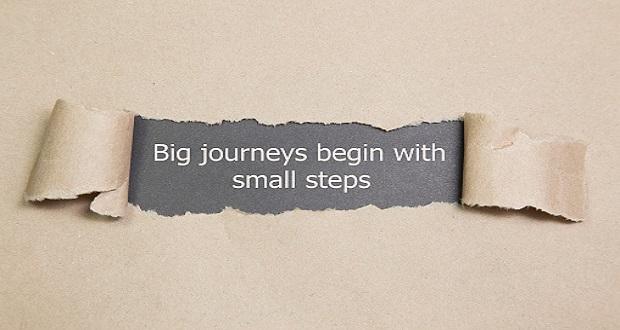Although recent studies indicate that women earn over half of Science, Technology, Engineering, and Mathematics (STEM) bachelors’ degrees in the U.S. (National Center for Education Statistics, 2015), they only make up about one quarter of individuals in STEM occupations (U.S. Census Bureau, 2013). There is an even wider gap for those women in engineering and computer occupations, particularly among women of color. The U.S. Department of Commerce found that those women who did obtain STEM degrees were more likely to work in non-STEM jobs such as education and healthcare, reflecting the larger representation of women graduating in biological and biomedical sciences.
Despite pursuing higher education in STEM, including Bachelor’s, Master’s and PhD degrees, women remain a minority in the U.S. STEM workforce. This fact begs two questions: Why aren’t they entering STEM careers? And, a question that I find equally, if not more intriguing – why are they leaving?
As a millennial D&I practitioner in the tech industry, I have a special interest in this topic, both personally and professionally. Growing up during the height of the Information Age of the 1990s, computers and technology were constantly at my fingertips. One of my earliest memories is sitting at a desktop with QBasic open, trying to write lines of code for my personal diary application. As I got older, web development became my medium of choice, and I spent countless hours breaking down HTML and CSS stylesheets. As I entered college and the workforce, however, I became acutely aware of the gender gap in STEM.
Over the last several decades, much effort has been devoted to investing into educational programs and initiatives that work to promote and increase young girls’ and women’s interest in the sciences, including programs from organizations such as the National Girls Collaborative Project, Million Women Mentors, and the American Association of University Women. There is a recognized need to expose girls to careers in science and math earlier, and more targeted efforts to recruit and mentor have been developed to help engage young girls.
While early and positive exposure to STEM makes an impact in sparking curiosity and learning, there still exists the problem of the “leaky pipeline”. Somewhere along the way, girls are losing interest in STEM at a greater rate than their male counterparts. Even if girls remain engaged and continue pursuing STEM at the university level, when they graduate there are often other barriers they must overcome in the workplace, causing them to leave STEM jobs entirely.
So – what happens to women when they reach the workforce? Why don’t they stay?
Recent research from the Center for Talent Innovation indicates that women are 45% more likely to leave careers in science, engineering, and technology within the first year than their male counterparts. Traditionally, it has been presumed that women left various careers – not just STEM related fields – to start or raise a family. The Center for Talent Innovation reached a different conclusion, however. Chief among concerns for women in STEM fields were “hostile macho cultures” that, overtly or not, encouraged exclusion and bias.
Oftentimes, it is these less overt and unspoken biases that create the greatest barriers for women in STEM. Male-dominated environments often do not consider the unique needs of women, and in some cases, they unintentionally create an unwelcoming or even hostile environment. In many cases, STEM women might find themselves as the only woman on their team, which might lead to feelings of isolation or a lack of effective sponsorship and mentorship opportunities.
In some situations, the hostility is more overt. Harassment and gender bias continue to persist globally, with over half of women surveyed by the Center of Talent Innovation reporting that they had experienced sexual harassment in the workplace, and nearly one-third reporting perceived bias in performance evaluations.
In STEM jobs where women are often the minority, women may feel marginalized or held to unfair standards, and they may also feel the need to prove their expertise and experience, especially in highly technical fields. While the days of relegating women to administrative or secretarial roles may not be as prevalent, women are still fighting for equal pay and treatment in all fields, including STEM.
But women are standing up.
In a recent backlash against sexual harassment in the workplace, women have prompted further open dialogue and discussion around what should and should not be tolerated in the workplace. In just one instance, the founder of the start-up incubator 500 Startups, Dave McClure, admitted to making multiple inappropriate advances towards women he worked with, resigning from his position at the organization. Women have become emboldened to share their stories, and with their willingness and courage to discuss their own experiences has come a need to further examine opportunities for inclusion in the tech community and beyond.
The problem, then, is not just the talent pipeline, but also the environment in which women are working. Until women are fully embraced, respected, and included in the workplace, and until harassment and bias are appropriately addressed, the STEM industry will continue to suffer from a “leaky pipeline”. D&I practitioners and industry leaders alike must be aware of the biases and barriers within their organizations, and actively promote a culture where everyone feels that they can bring their authentic selves to work.



















